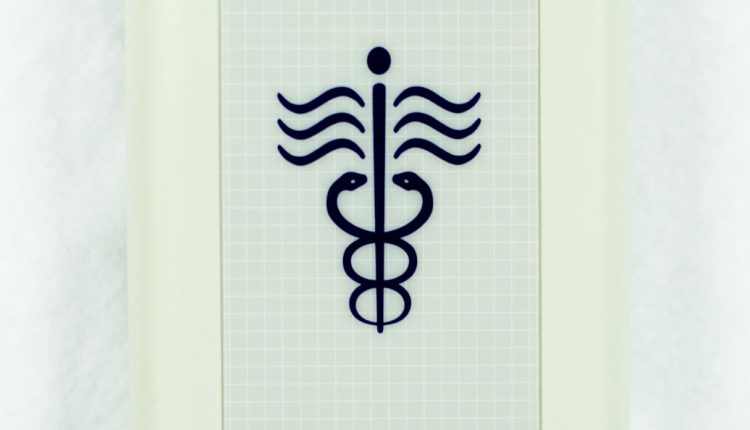CES for Insomnia
It has been used as a complementary therapy for various conditions, including anxiety, depression, and chronic pain.
In recent years, CES has gained popularity as a treatment for insomnia.
Insomnia is a common sleep disorder characterized by difficulty falling asleep or staying asleep.
It can have a significant impact on a person’s quality of life, leading to daytime fatigue, mood changes, and decreased productivity.
Traditional treatments for insomnia include medications, cognitive-behavioral therapy, and lifestyle changes.
However, these treatments may not be effective for everyone, and some people may prefer to explore alternative therapies such as CES.
When using CES for insomnia, small electrodes are placed on the earlobes, which deliver a low-level electrical current to the brain.
The current stimulates the production of neurotransmitters such as serotonin and dopamine, which are associated with feelings of well-being and relaxation.
This stimulation helps to calm the overactive areas of the brain responsible for insomnia symptoms, allowing the person to fall asleep more easily and stay asleep longer.
Several studies have explored the effectiveness of CES in treating insomnia.
A systematic review published in the Journal of Sleep Research found that participants who received CES had significantly improved sleep quality compared to those who received a placebo or no treatment.
Another study published in the journal Military Medicine found that active-duty service members with insomnia who received CES had improved sleep quality and reduced symptoms of depression and anxiety.
CES is generally considered safe, with few side effects reported.
Some people may experience mild skin irritation at the site of the electrodes, but this is usually temporary and resolves quickly.
It is important to note that CES should not be used as a replacement for traditional medical treatment for insomnia, but rather as a complementary therapy.
If you are considering using CES for insomnia, it is important to seek the advice of a healthcare professional.
They can help you determine if CES is appropriate for your individual needs and provide guidance on how to use it safely and effectively.
In conclusion, CES is a non-invasive therapy that has shown promise in treating insomnia.
It works by stimulating the brain to produce neurotransmitters associated with relaxation and promoting calmness.
While more research is needed to fully understand its effectiveness, CES may be a viable option for those looking to complement traditional treatments for insomnia.
CES for Insomniahttps://t.co/TX5qMqWVxJ
— Jeremy Staxio (@JStaxio) June 9, 2023



Comments are closed.